Electrophotography Magnification
Dry toner is composed of colorant in a thermoplastic resin that is dusted onto the photoreceptor. These dots appear rough and dusty and satellites are possible. Liquid toner is composed of colorant in a thermoplastic resin in a solvent that flows onto the photoreceptor as a liquid. These dots have smooth, well defined edges and no satellites. The dots are nearly identical to those produced in the offset lithograph process. However, individual pigment aggregates may be visible—this does not occur in offset lithography.
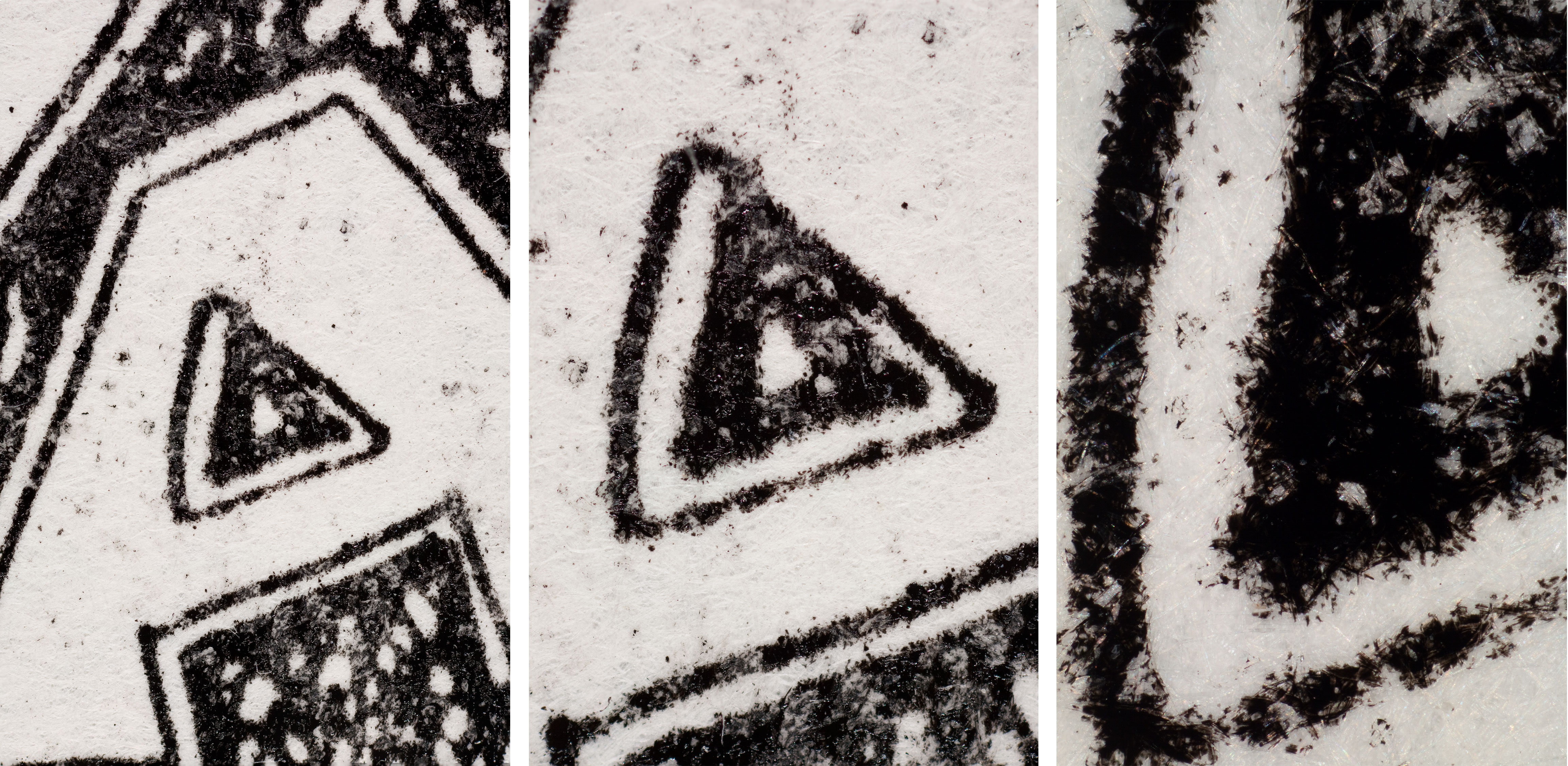
This analog EP print is imaged at 10x, 30x, and 50x. The image is made up of small dots with no regular pattern.
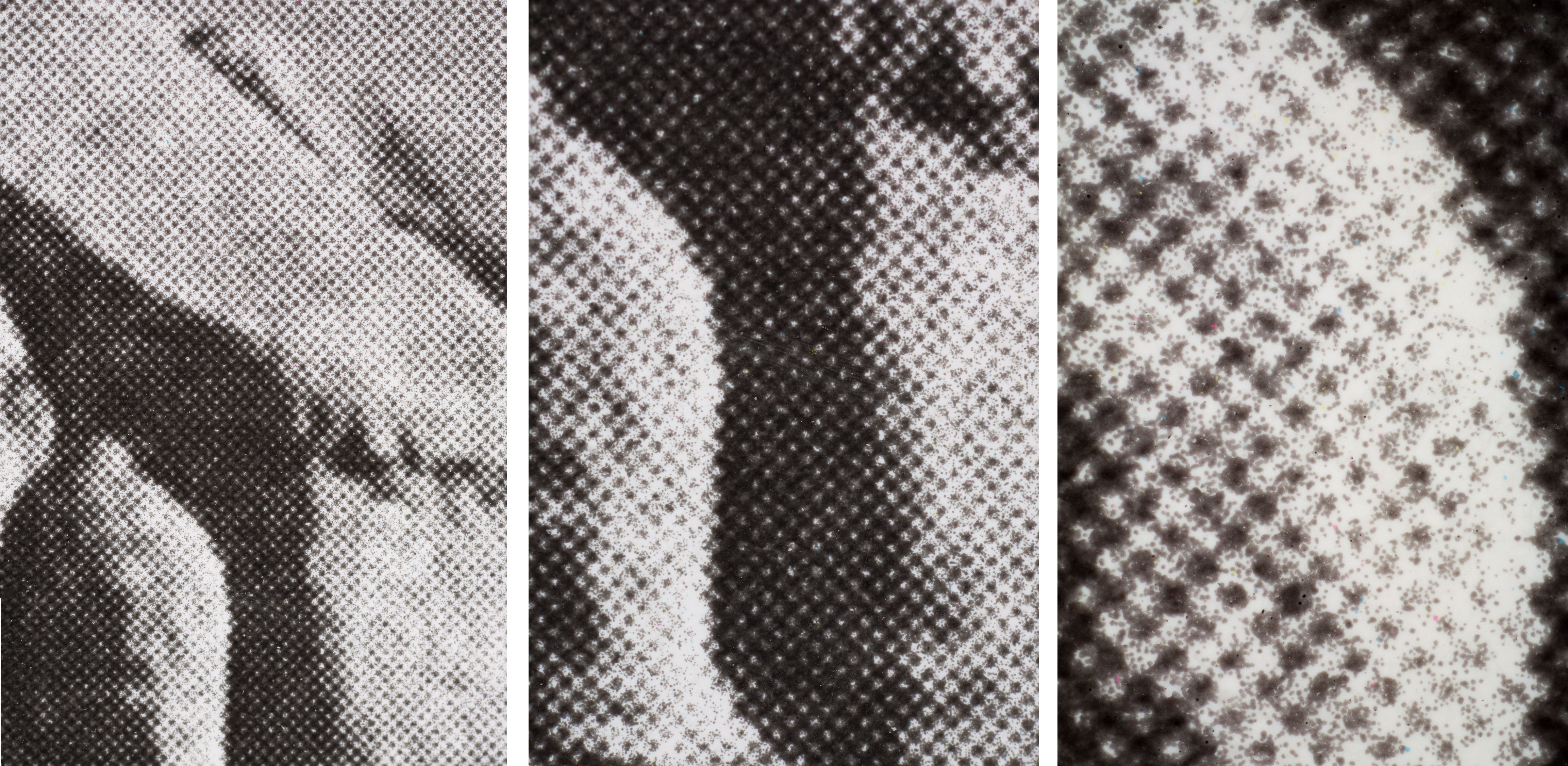
This black and white EP print was made with dry toner on a digital printer. Notice the halftone pattern and dusty quality of the dots.
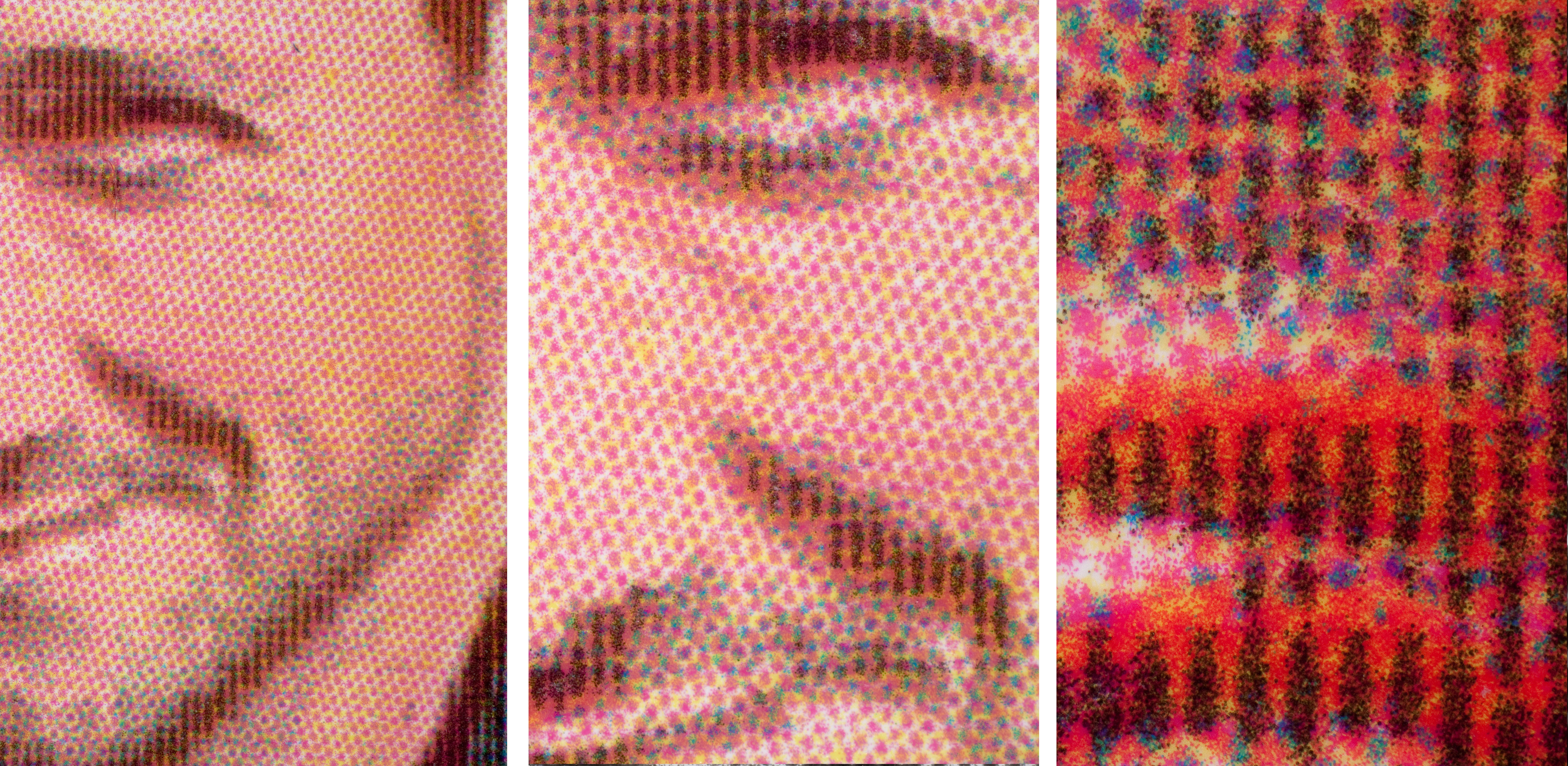
This print was made with dry toner and imaged at 10x, 30x, and 50x magnification. The dots have a dusty quality to them.
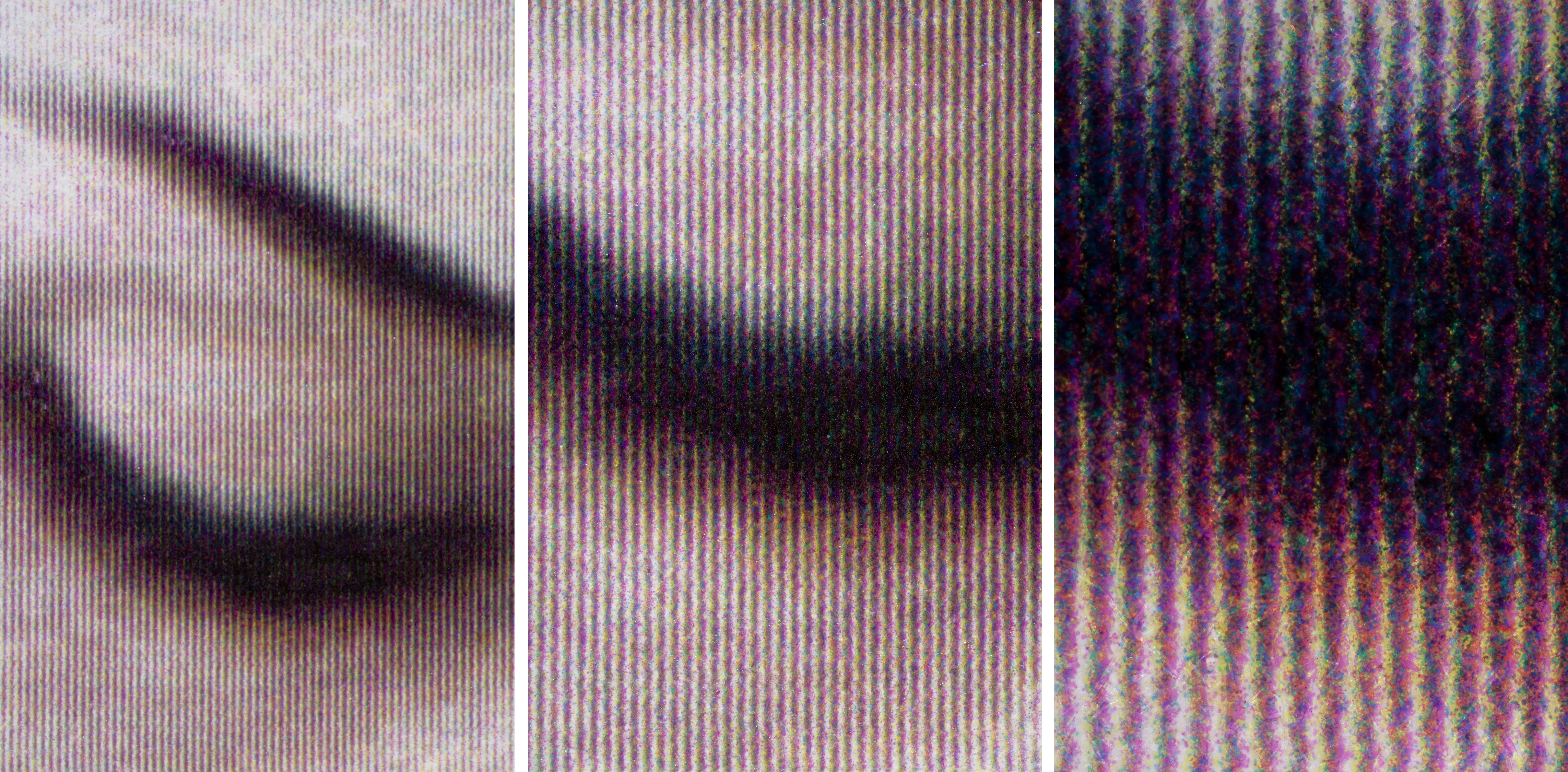
This print was made with a laser copier using dry toner. Imaged at 10x, 30x, and 50x magnification, the dusty quality of the dots is visible. Fine parallel lines are characteristic of the toner deposits from most laser copiers.
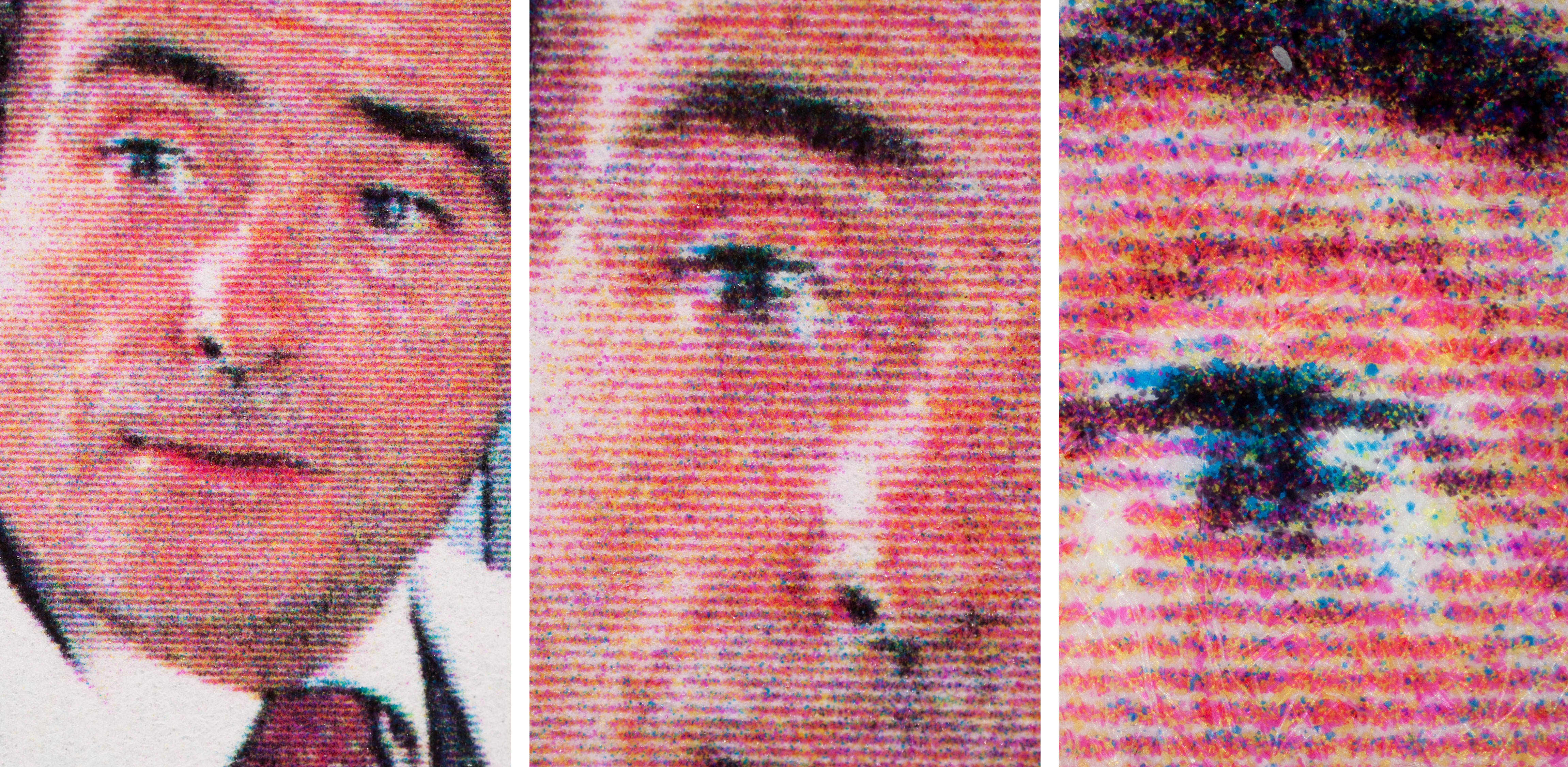
This print was also made with a laser copier and dry toner. Notice the parallel lines and dusty quality of the dots.
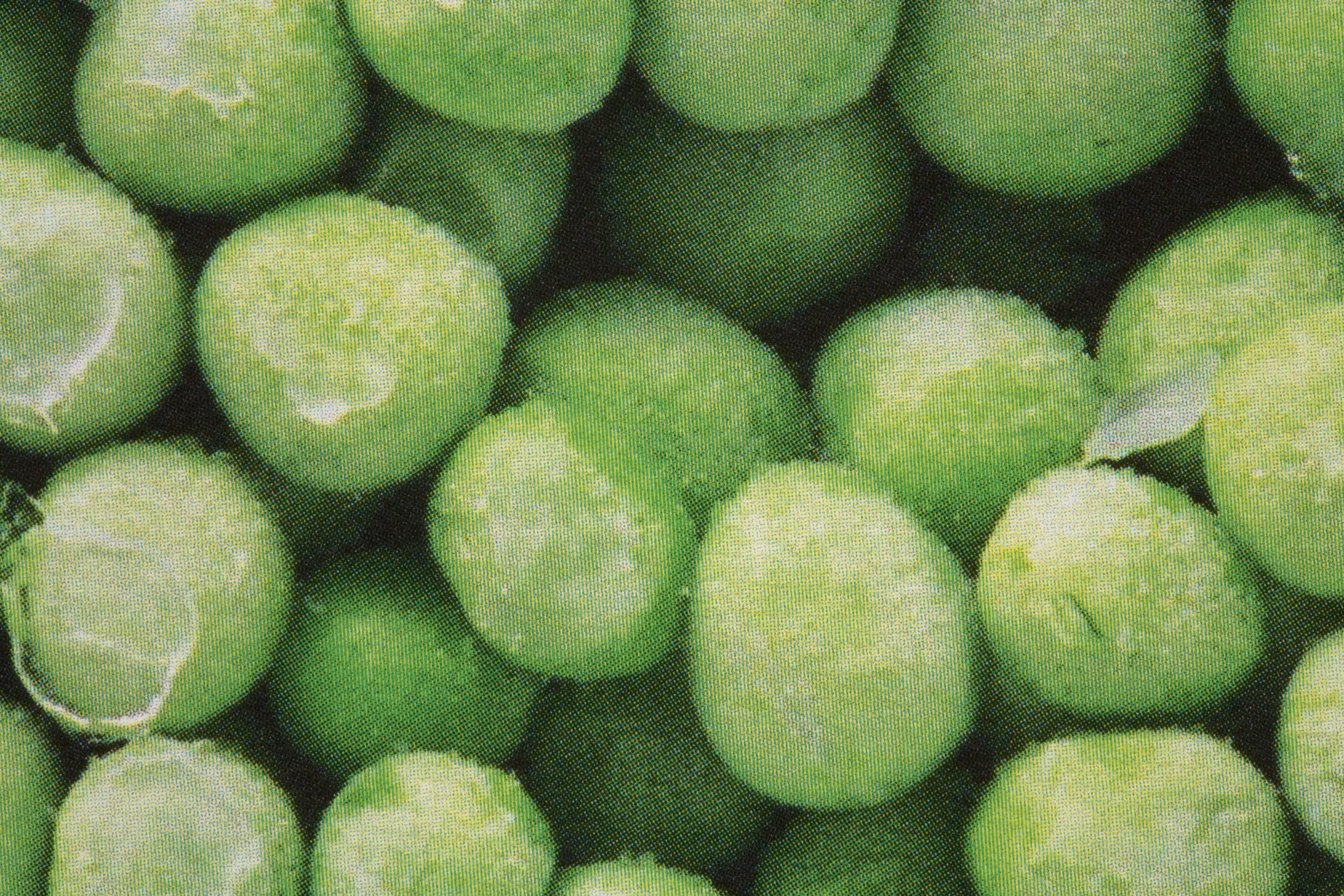
Color EP prints made on digital printers have a rosette pattern. This is best seen with low magnification, usually less than 10x.

This print was printed on a digital press using liquid toner. The dots are smooth and clearly defined.
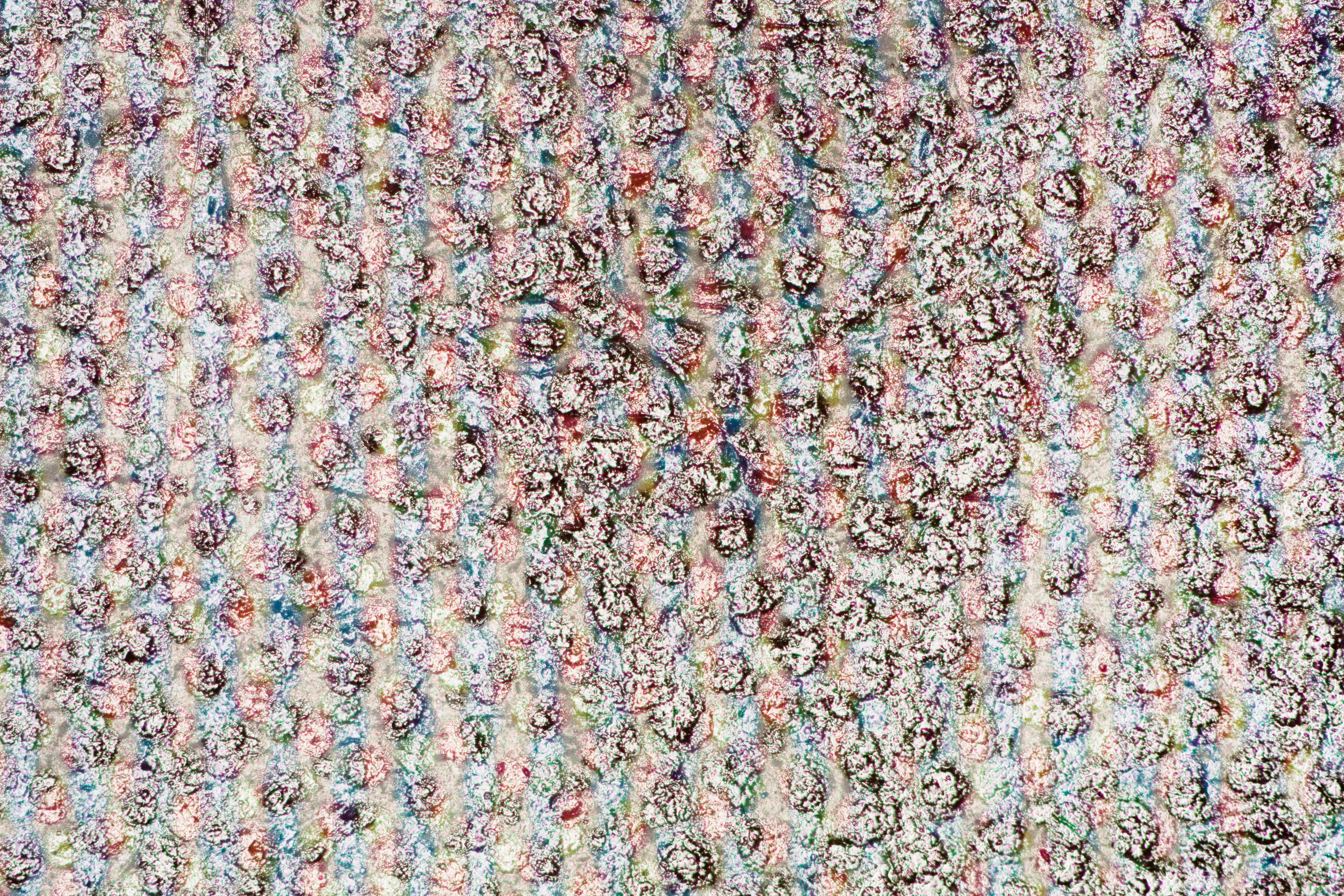
Liquid toner EP prints can be difficult to distinguish from offset lithographic prints. Using specular light and magnification the pigment aggregates in the toner are visible in EP prints.

The security code consists of small yellow dots in the margins of the paper. They are best seen with magnification and/or UV light.
Layer structure depends on the substrate. A print on an uncoated paper is a one layer structure consisting of the paper support with the image toner fused to the top. A coated paper may be coated on one or both sides with the image fused to the top.
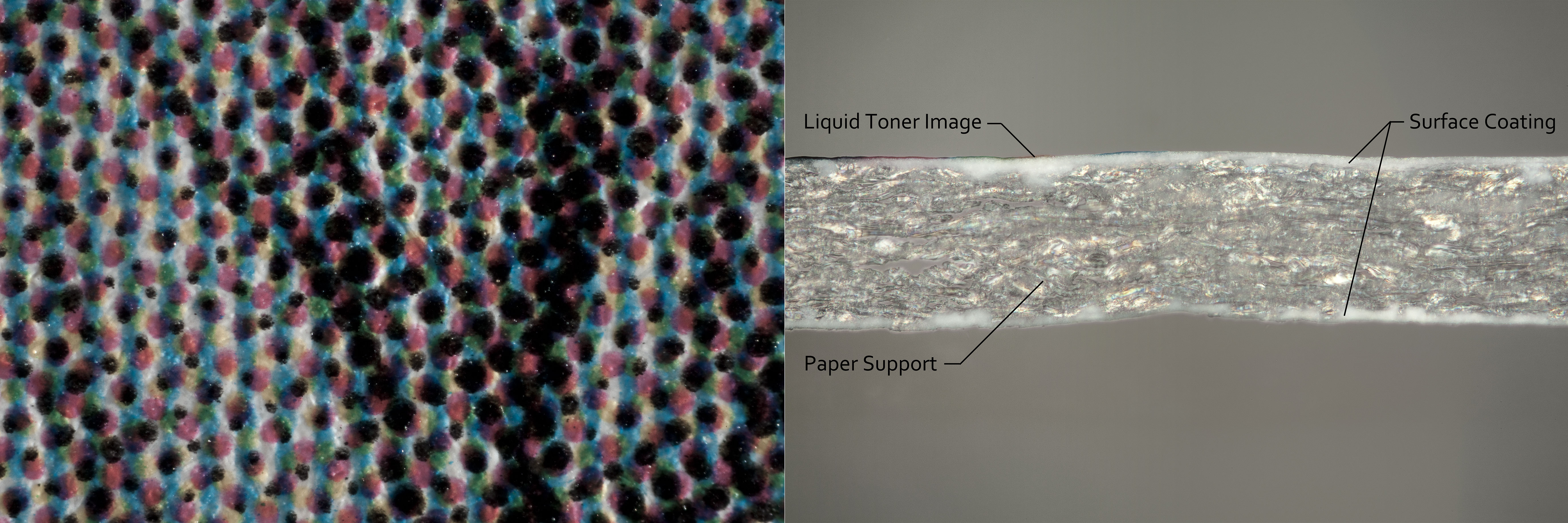
On coated papers, the paper fibers will be obscured. The image is fused to the coating.
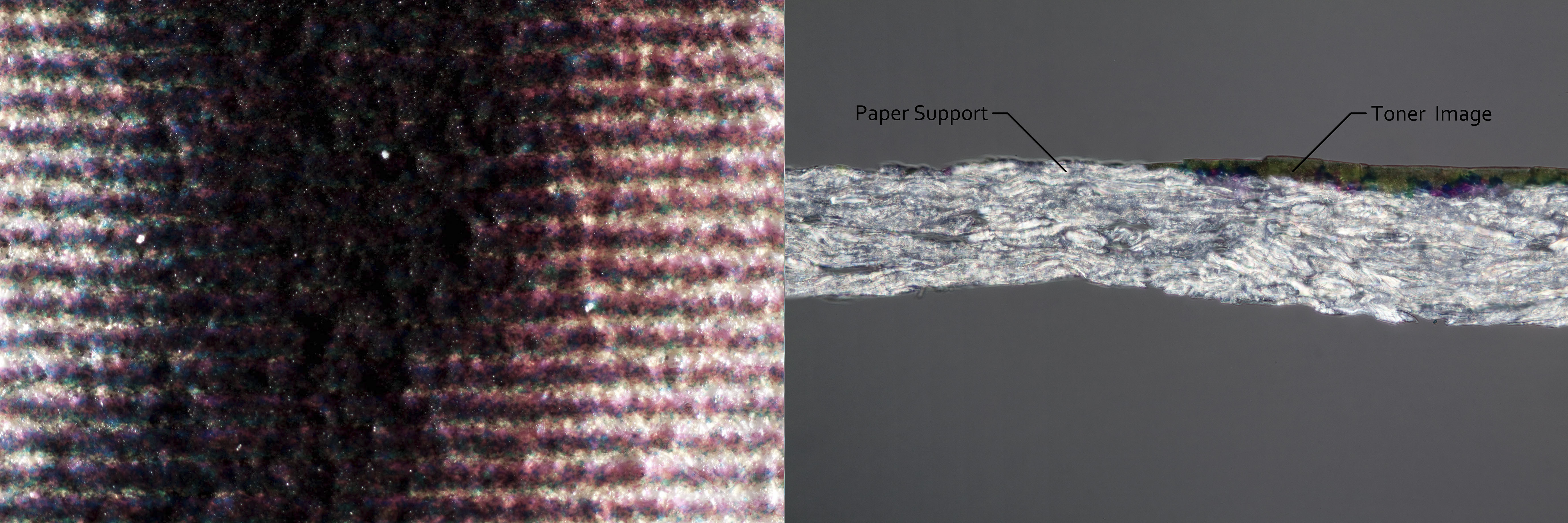
The paper fibers will be visible on uncoated papers.